The once-abundant population of the snow crabs around Alaska will “continue to decline in the future” thanks to those Arctic waters heating up at a shocking rate.
A Fisherman’s Paradise
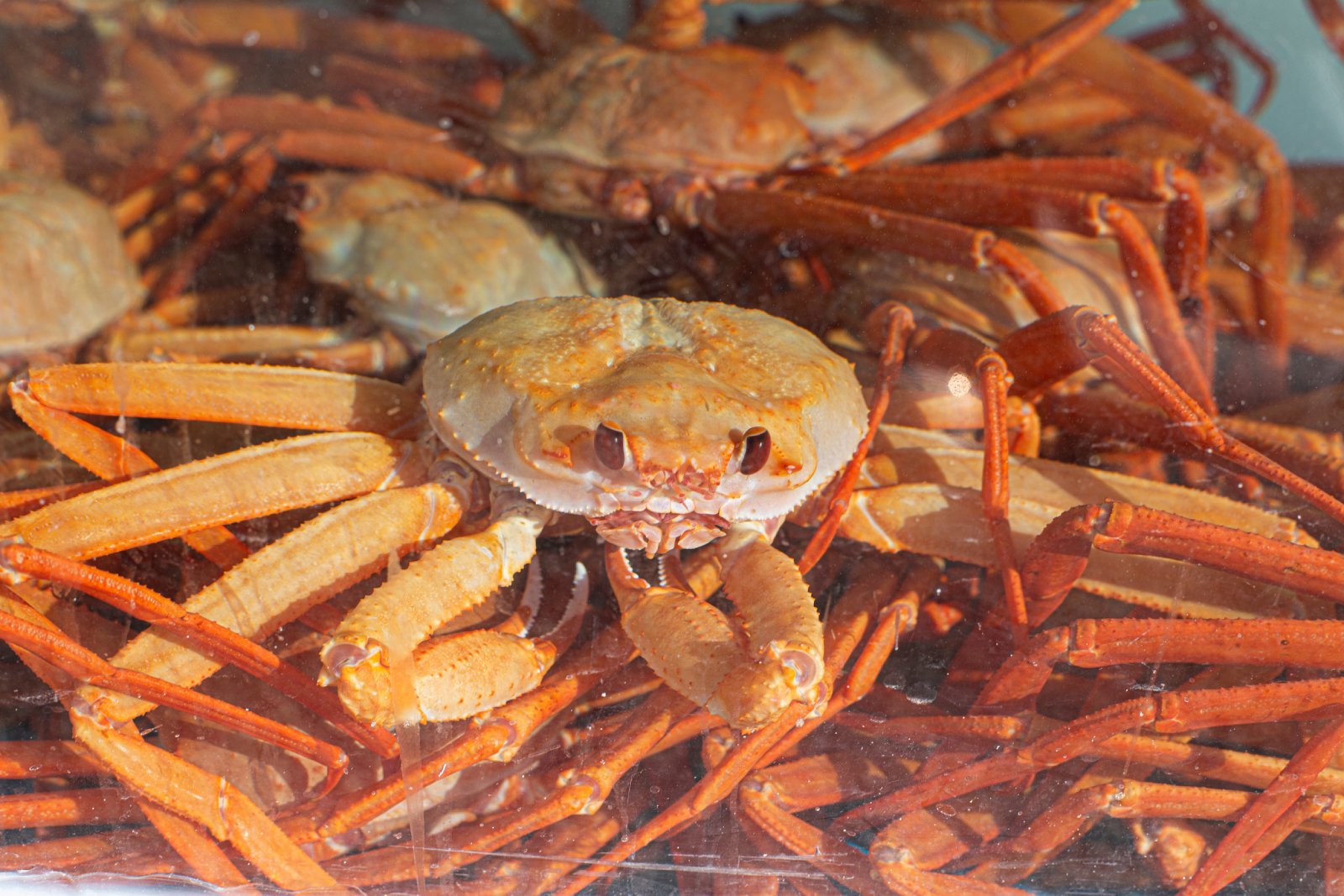
Image Credit: Shutterstock / mujijoa79
The rich diversity of marine life is one of the main attractions of the Bering Sea, situated between the Americas and Eurasia.
One of these species is the snow crab, which forms part of one of the Arctic’s most valuable commercial fisheries.
In fact, this fishery’s annual ex-vessel value (which measures the dollar value of commercial landings of fish) was approximately $227 million.
But Not Anymore

Image Credit: Shutterstock / Lumen Photos
But then between 2018 and 2019, that snow crab population suddenly plummeted by over 90%. It got even worse in 2022 when billions more crabs vanished.
Don’t Blame Fishing

Image Credit: Pexel / Sebastian Voortman
At first, overfishing was suspected. But then scientists uncovered the truth: it’s the warming waters of the Arctic that are killing the crabs.
Yes, Too Warm
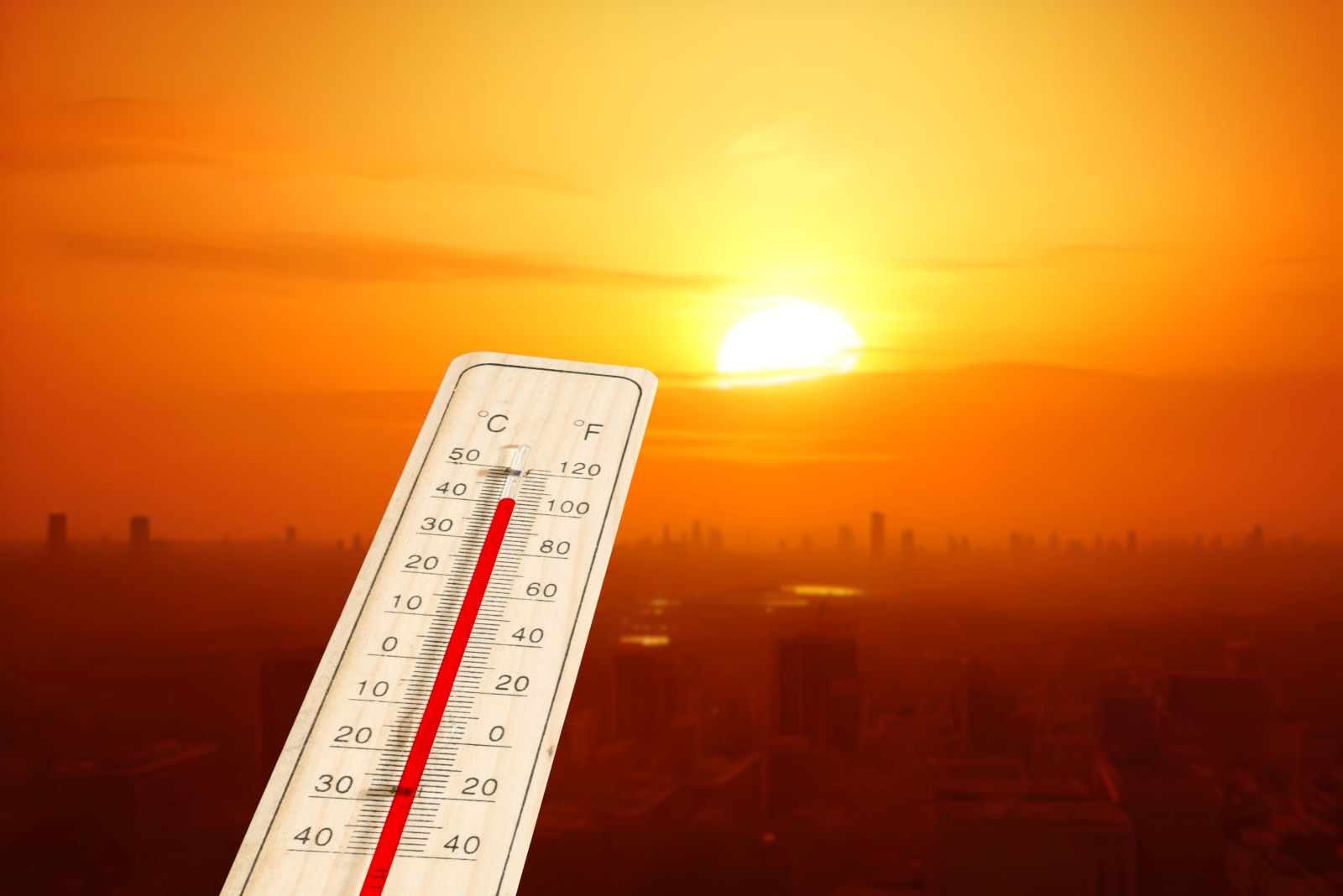
Image Credit: Shutterstock / Bartolomiej Pietrzyk
As the waters warm, the crabs’ metabolism increases so frantically that they literally die of hunger.
And it all boils down (almost literally) to the fact that parts of the Bering Sea are becoming less Arctic.
Global Warming Strikes Again

Image Credit: Shutterstock / Rosemarie Mosteller
In a phenomenon called Arctic amplification, the Arctic Sea is warming up much faster than the rest of the globe – and it has been for several decades.
The reason? Heat-trapping emissions caused by burning fossil fuels – so, yes, another point for climate change.
Talk About a Hot Spot
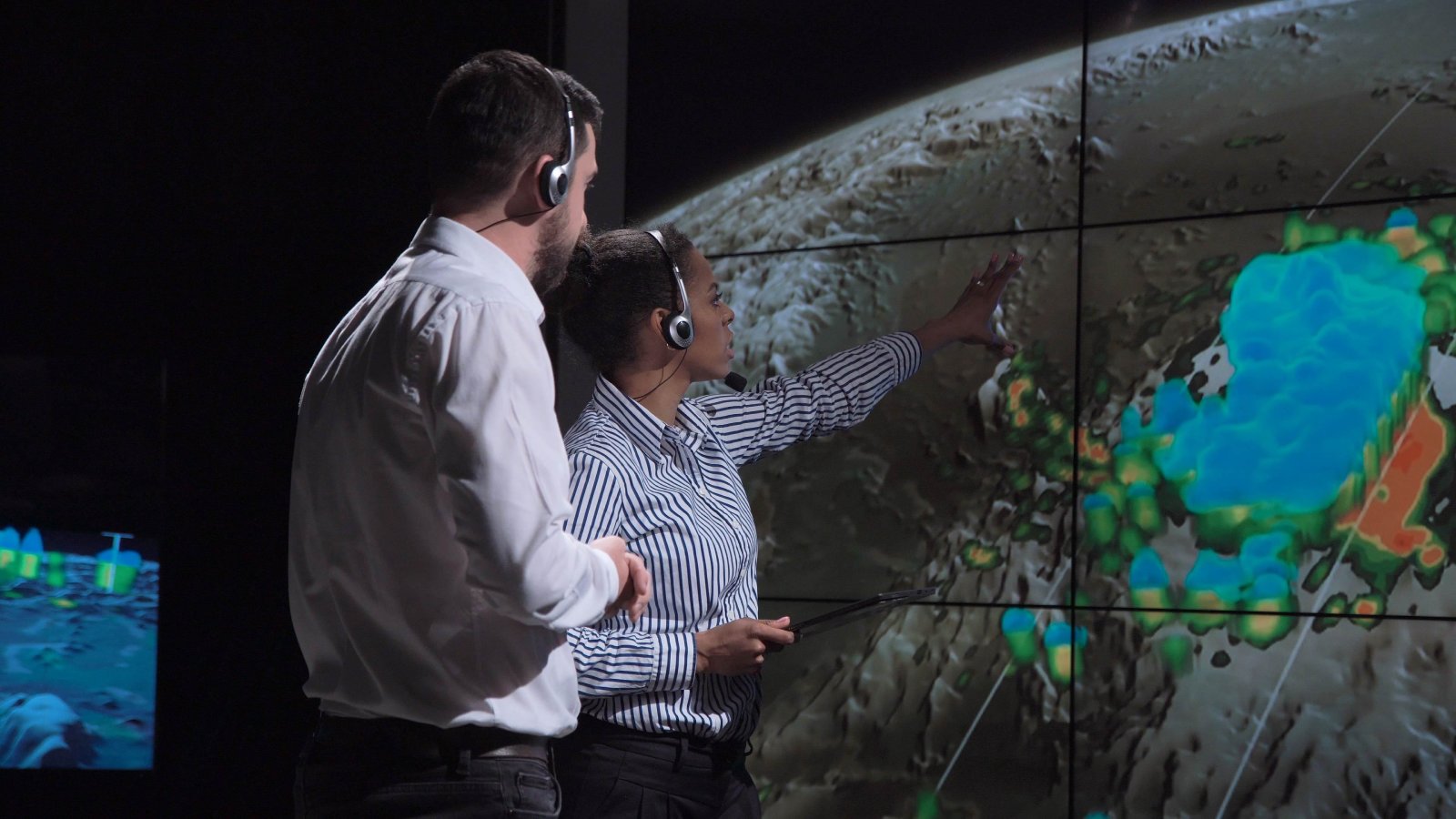
Image Credit: Shutterstock / Frame Stock Footage
According to a study published in Aug 2022 by researchers at the Finnish Meteorological Institute, the rate of rising temperatures around the North Pole was four times higher than in any other place on earth.
This Goes Back Decades
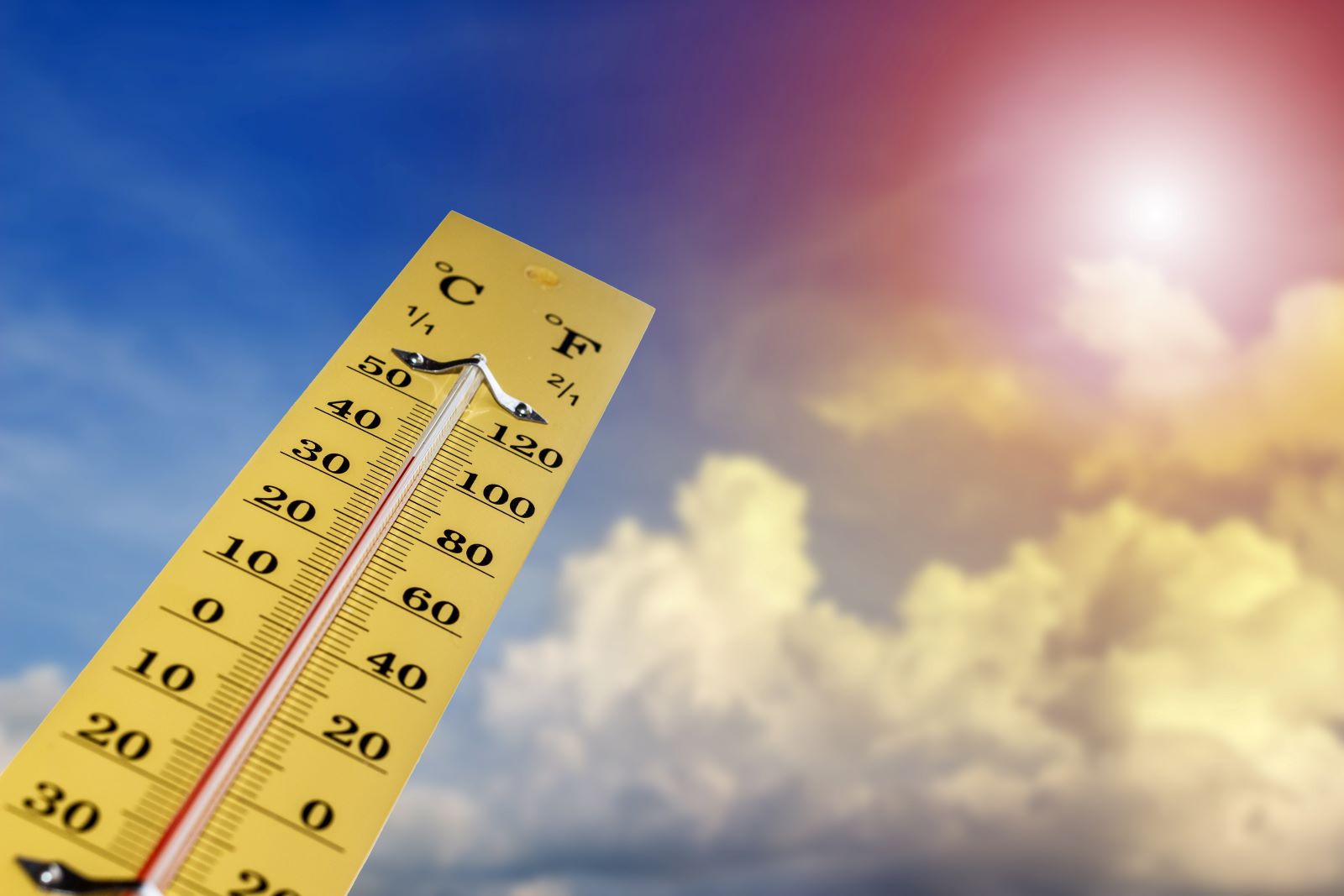
Image Credit: Shutterstock / Maderla
The research, featured in the journal Communications Earth and Environment, examined the Arctic Circle’s temperature trends from 1979 to 2021 (around the same time the age of satellite data kicked off).
Hectically Heating Up
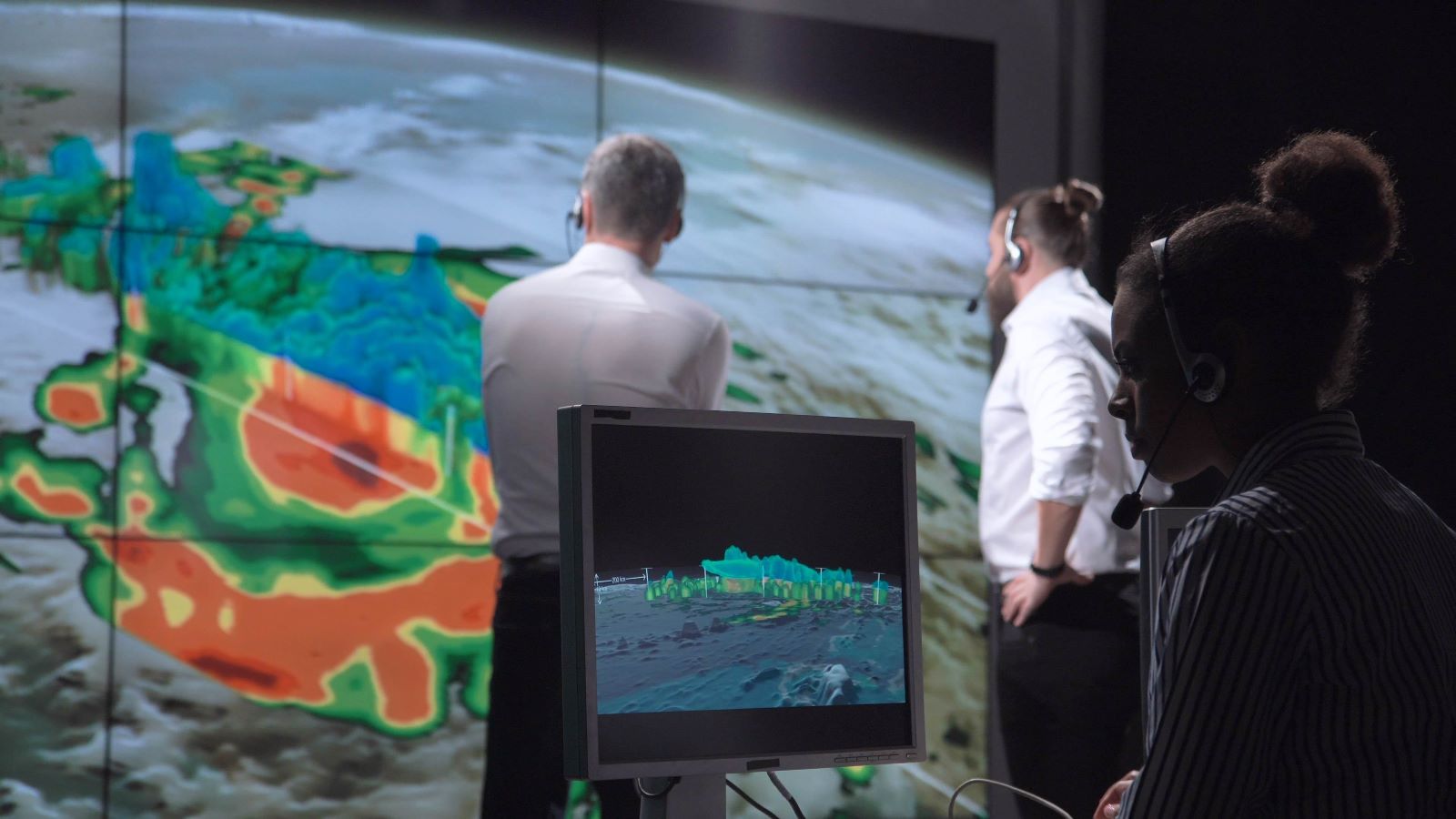
Image Credit: Shutterstock / Frame Stock Footage
What the scientists discovered was that the rate of the warming waters is quite higher in the Eurasian part of the Arctic, notably in the Barents Sea, which has experienced a rise in temperatures seven times faster than the average rate.
No Wonder Ice is Melting

Image Credit: Shutterstock / jet 67
And according to new data, the Barents Sea’s annual average temperature has risen by about 4.9°F each decade during the past 20 – 40 years.
That means the Barents Sea and its islands are the most rapidly warming area on our planet.
There’s a Name for It
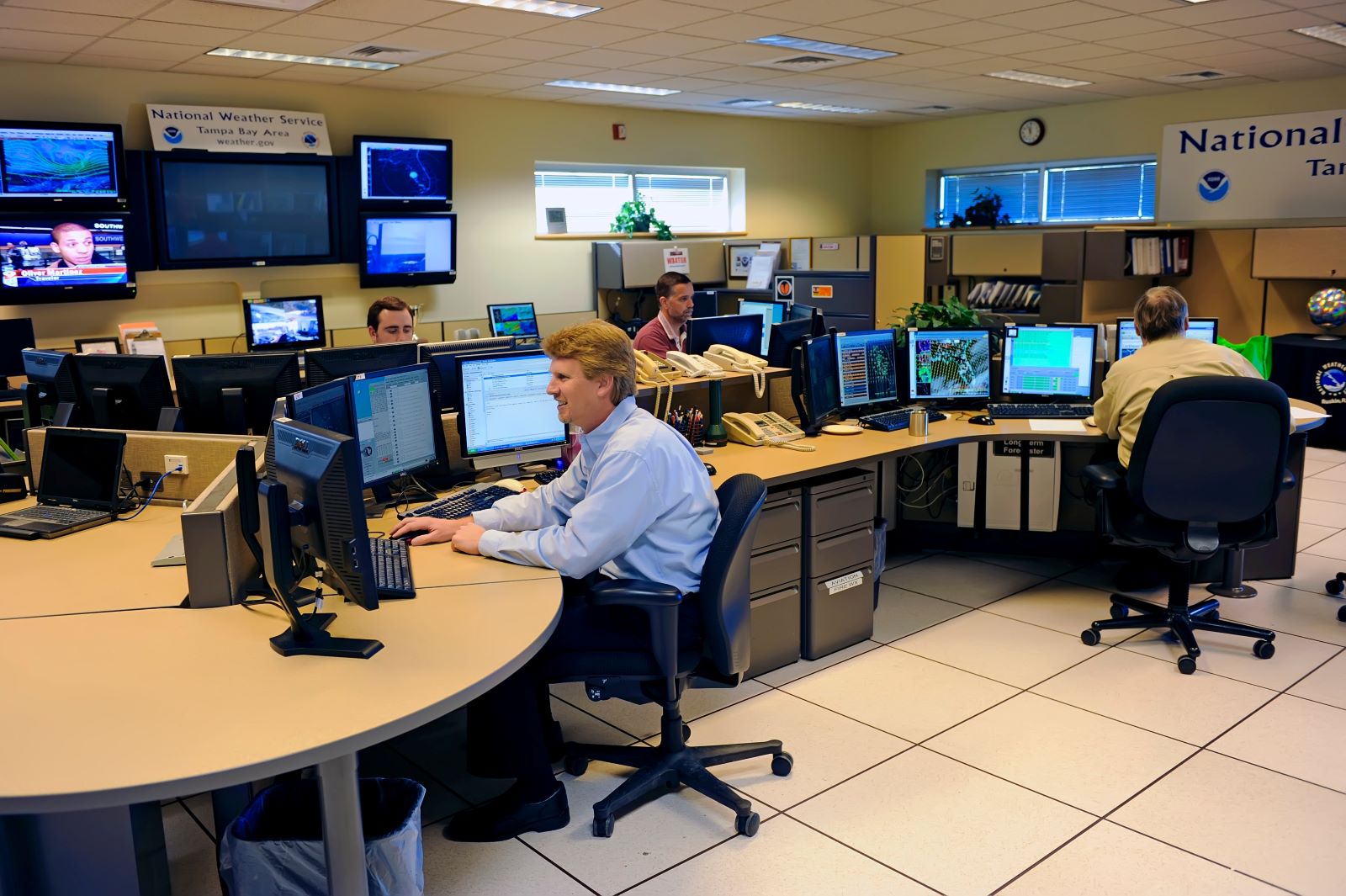
Image Credit: Shutterstock / Dennis MacDonald
Likewise, NOAA Fisheries scientists came to the same conclusion.
‘Borealization’ is what they call this process, and it refers to the ecological change from Arctic to sub-Arctic conditions in the Bering Sea.
Changing Habitats

Image Credit: Shutterstock / RLS Photo
Normal Arctic conditions form a prime environment for cold-adapted species like the snow crab.
But with borealization, the warming conditions threaten the survival of the snow crab and, instead, become more conducive to warm-adapted species.
Worsened by Us

Image Credit: Shutterstock / Salivanchuk Semen
As Mike Litzow, the lead author and director of the Alaska Fisheries Science Center’s Kodiak Lab, states: “What is particularly noteworthy is these boreal conditions associated with the snow crab collapse are more than 200 times likely to occur in the present climate (1.0° –1.5° of warming rate) than in the preindustrial era.”
Soon to Be Extinct?

Image Credit: Shutterstock / G-Stock Studio
Referring to warming conditions, Litzow also added: “Even more concerning is that Arctic conditions conducive for snow crabs to retain their dominant role in the southeastern Bering Sea are expected to continue to decline in the future.”
Borealization: How It’s Measured

Image Credit: Pexels / Yan Krukau
To see how much borealization is affecting the snow crab species, scientists examined the alterations taking place between 1972 and 2022. Among other discoveries, they found:
- A decrease in sea ice
- An increase in bitter crab disease (which is deadly to the snow crab)
- An upsurge in the number of Pacific cod, one of the snow crab predators
- A rise in summer bottom temperatures.
All these findings coincide with a change from an Arctic to a sub-Arctic environment.
Out With the Cold
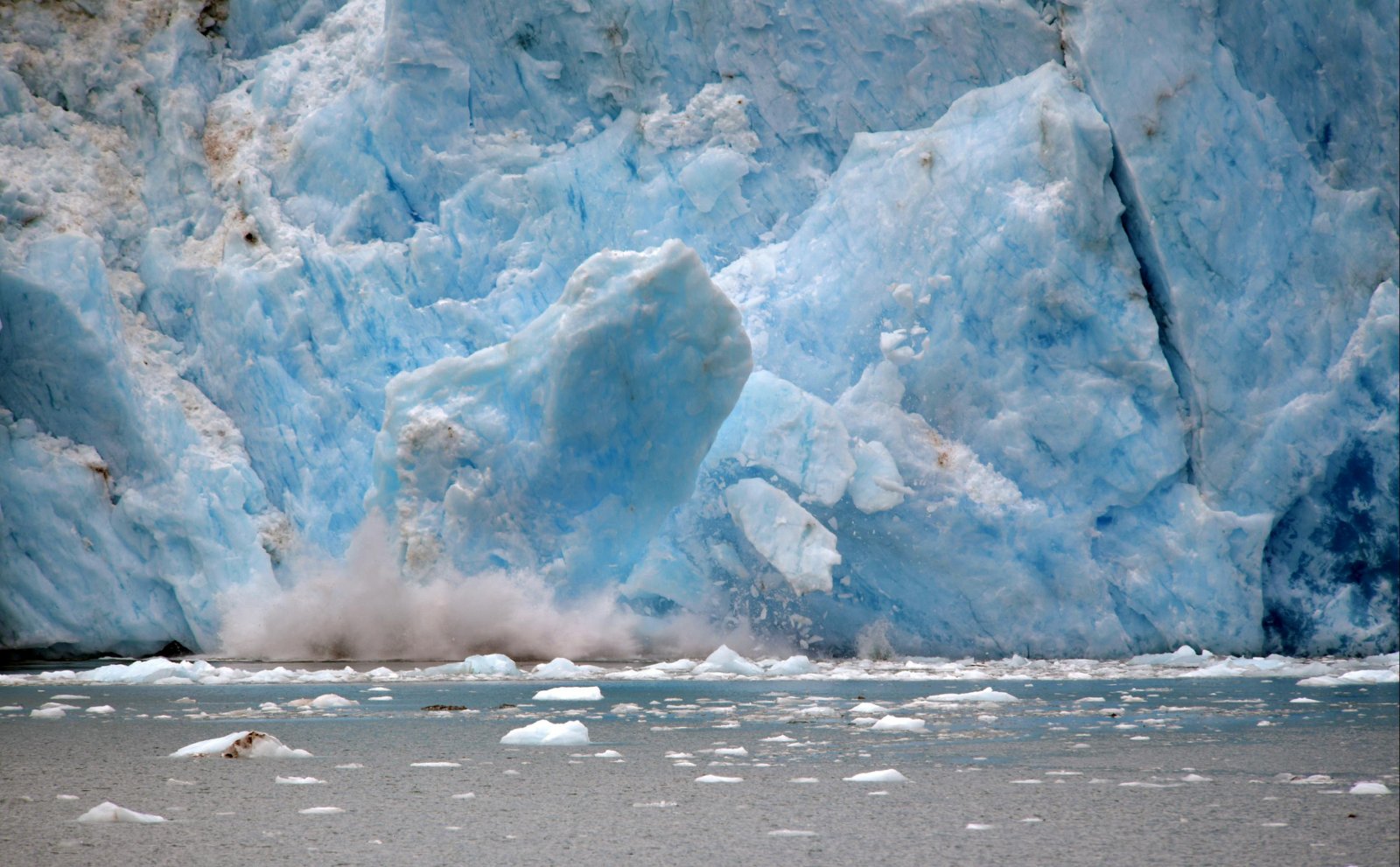
Image Credit: Pexel / Chen Te
But it’s not only the snow crabs that can no longer survive in the Arctic’s warming waters.
According to experts, thanks to the rising temperatures and melting ice, the waters surrounding Alaska are becoming less conducive for various other marine species such as sea lions and red king crabs.
In With the Warm
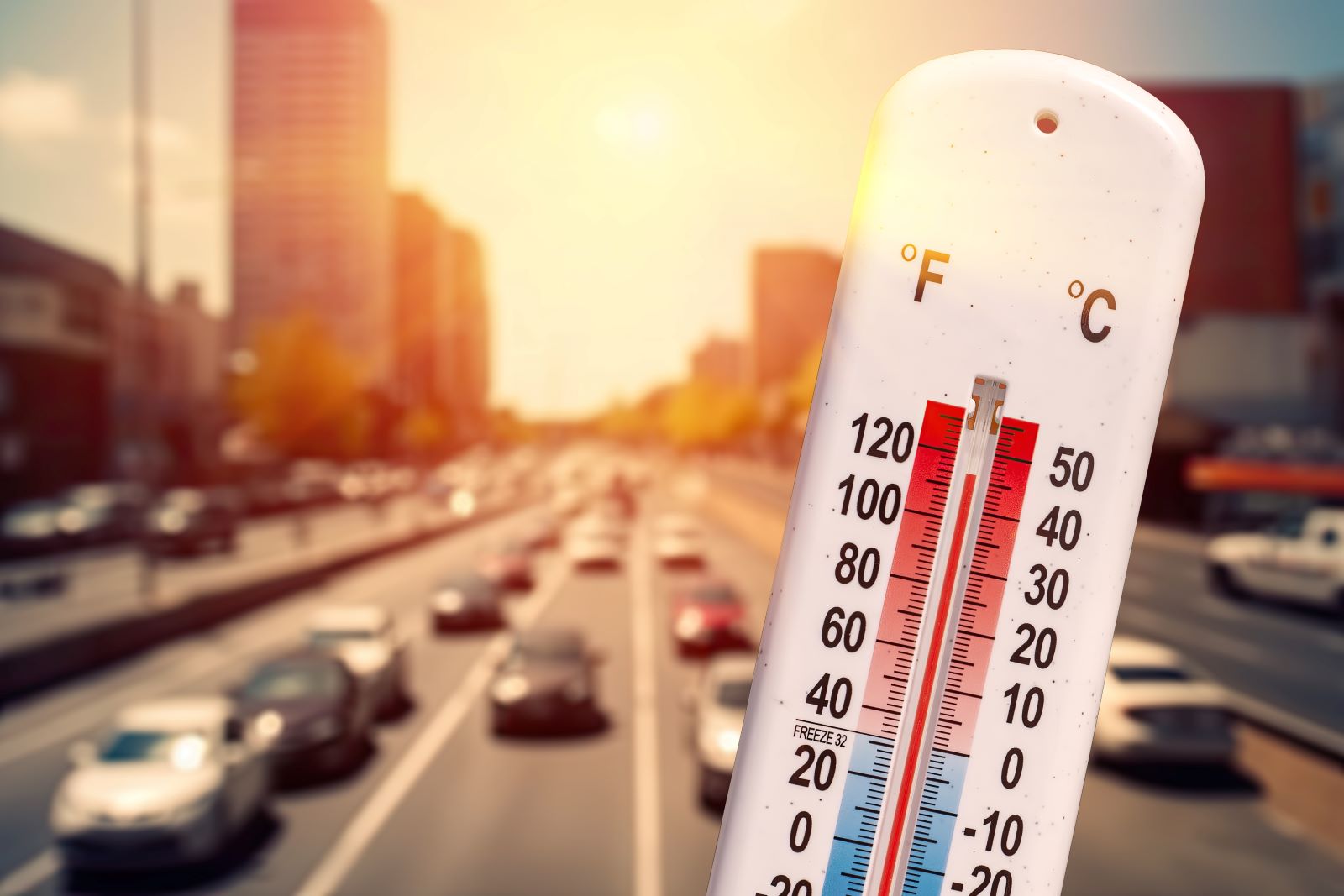
Image Credit: Shutterstock / Marc Bruxelle
And as some species leave or die out, others come in, targeting the Bering Sea inhabitants as prey.
Under normal circumstances, a temperature barrier in the ocean ensures species like Pacific cod can’t get near the crabs’ cold environment for hunting.
A Buffet for Pacific Cod
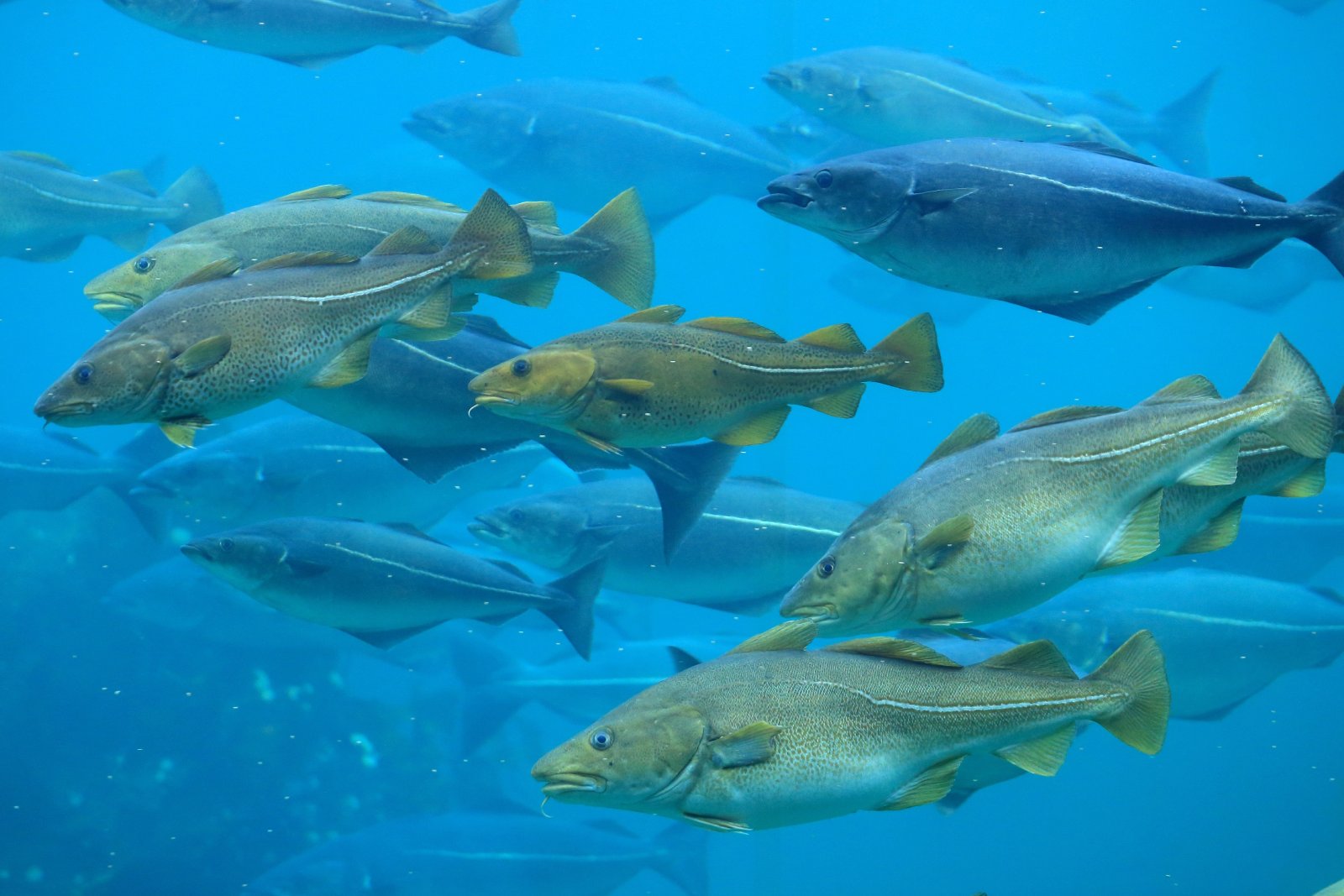
Image Credit: Shutterstock / andrzej_67
But thanks to the heatwaves of 2018 and 2019, Pacific cod got easy access to these warm-and-getting-warmer waters, stalking and eating the already declining snow crab population.
One Change Affects Many

Image Credit: Shutterstock / wellphoto
This is backed by the Director of the Alaska Fisheries Science Center, Robert Foy, who told CNN: “We have observed species shifts in distribution and mismatches in prey and predators, which have contributed to declines in some species like Pacific cod in the Gulf of Alaska.”
We Have to Deal With This

Image Credit: Shutterstock / Vladimir Borovic
Talking about what the next step would be, Litzow stated: “It’s really important that fishermen, scientists, communities, and resource managers recognize that one of the most productive marine ecosystems in the world is changing—faster than anyone expected.”
Adjust to Change

Image Credit: Shutterstock / Ground Picture
“The time to act is now to think about how we are all going to adapt,” Litzow said – a statement that seems to be repeated whenever we are facing the hot, hard truth of climate change.
DeSantis in More Hot Water as Florida Floods, Again

Image Credit: Shutterstock / Andrew Cline
Florida residents are struggling this hurricane season, and many are pointing the finger at a certain Governor. DeSantis in More Hot Water as Florida Floods, Again
J.C. Penney’s Closures Signal the End of an Era in Retail

Image Credit: Shutterstock / Jonathan Weiss
Popular department store, J.C. Penney, has announced the closure of multiple stores across the country. This announcement reflects changes in the retail industry as online shopping becomes more popular. But how will these changes affect consumers and the future of in-store shopping? J.C. Penney’s Closures Signal the End of an Era in Retail
Michigan’s Governor Whitmer Lays Down the Law for HOAs
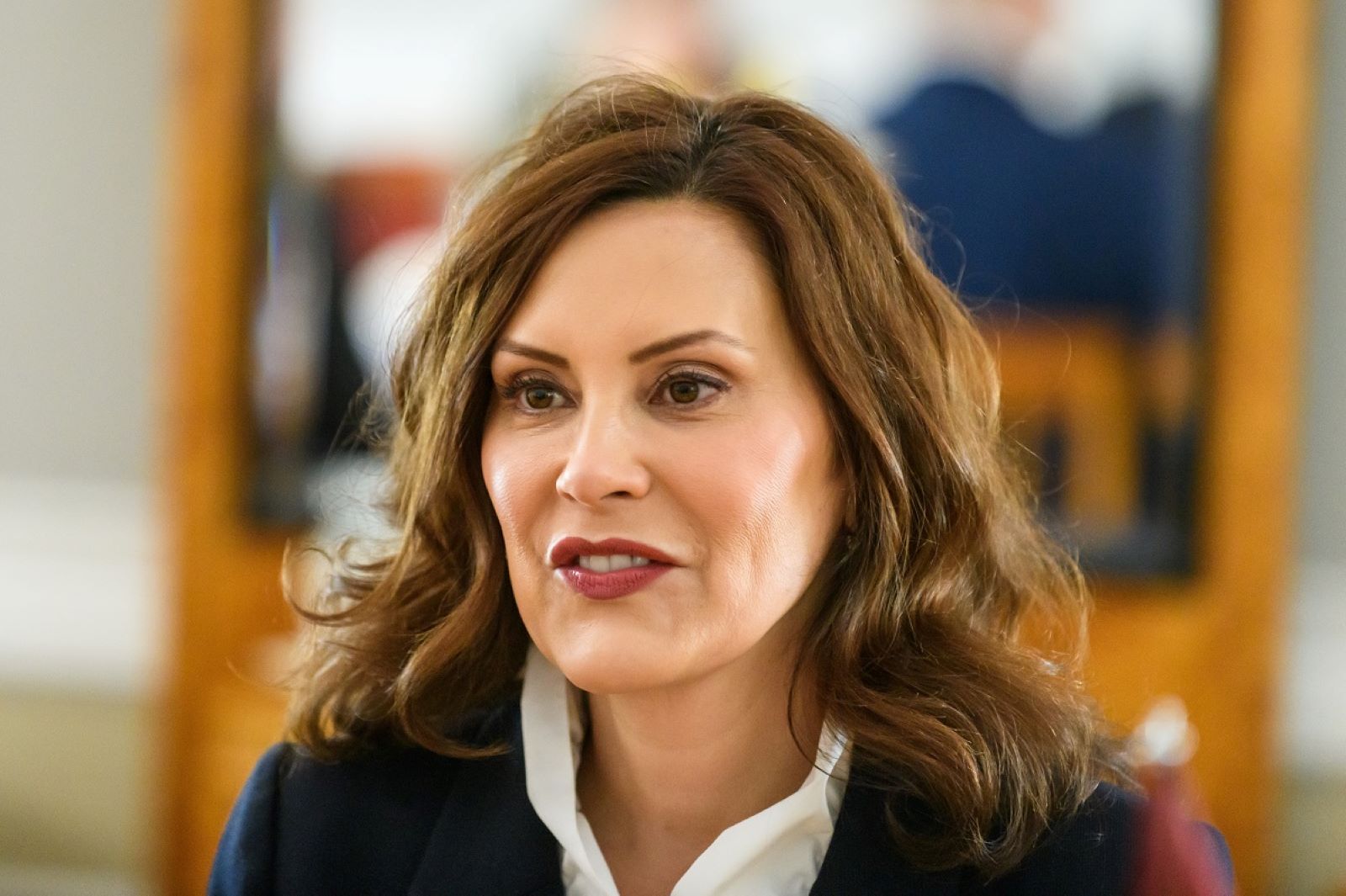
Image Credit: Shutterstock / Gints Ivuskans
Gretchen Whitmer has just taken on HOAs across Michigan. Who won? Michigan’s Governor Whitmer Lays Down the Law for HOAs
Featured Image Credit: Shutterstock / Rajat Chamria.
The images used are for illustrative purposes only and may not represent the actual people or places mentioned in the article.


